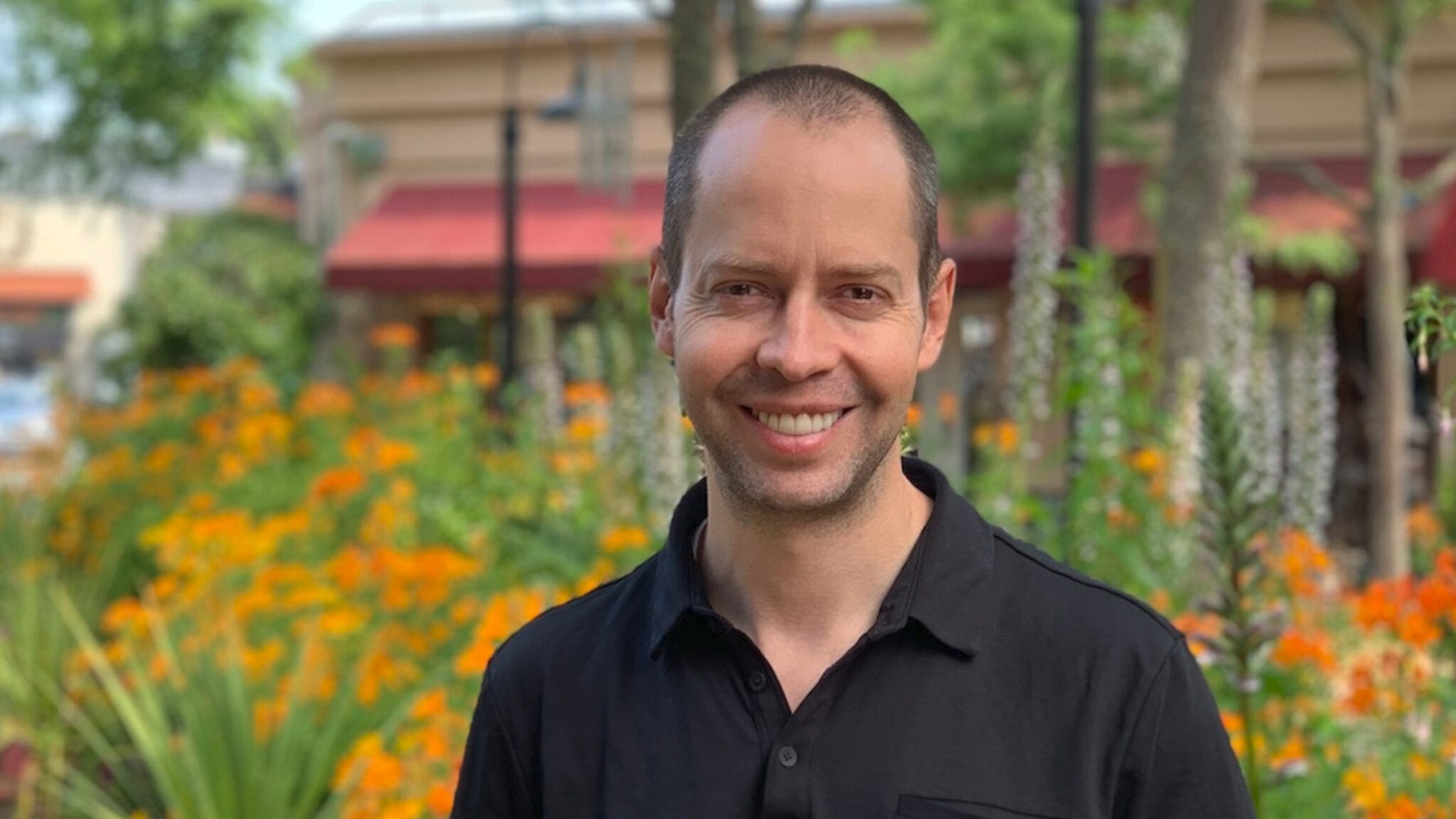
Francois Vigneault (Shape Therapeutics)
EXCLUSIVE: Shape Therapeutics raises $112M in bid to make RNA editing — and a whole lot else — a reality
Two years after spinning out of CRISPR pioneer Prashant Mali’s lab, Shape Therapeutics has a lot more cash and a slightly new mission.
The company …
Sign up to read this article for free.
Get free access to a limited number of articles, plus choose newsletters to get straight to your inbox.